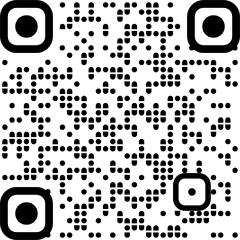
By Nancy Lapid
Bengaluru: Gene editing techniques may one day allow for the removal of the extra chromosome that causes Down syndrome, early experiments suggest.
Down syndrome, or trisomy 21, is caused by the presence of a third copy of the 21st chromosome. Affected individuals have inherited two copies of chromosome 21 from one parent and one copy from the other, instead of one from each parent.
The condition can be detected within days after a fertilized egg has multiplied into tiny clusters of cells. At this so-called blastocyst stage, gene editing for other diseases is possible, but there are no treatments for trisomy 21.
As reported on Tuesday in PNAS Nexus, Japanese researchers used the CRISPR-Cas9 gene editing system to eliminate the third chromosome in trisomy 21 cells grown in test tubes.
The technique can identify which chromosome has been duplicated, so that it doesn’t end up eliminating the wrong one and leaving the cell with two identical chromosomes. Instead, it leaves one from each parent.
While promising in test tube experiments, the approach is not yet ready for testing in animals, in part because it can also leave changes in the retained chromosomes, the researchers said.
They expect, however, that their approach “will lay the groundwork for more sophisticated medical interventions targeting trisomy 21.”
Lipid nanoparticles carry mrna instructions into brain cells
Tiny particles of fat that can sneak protein-building instructions past the brain’s blood-filtering system may someday enable new treatments for neurological disorders, researchers say.
The lipid nanoparticles carrying messenger RNA are injected intravenously. Once in the blood, they are able to circumvent the blood-brain barrier that usually keeps out drugs and other foreign substances, including beneficial ones that can help treat or prevent disease, the researchers reported on Monday in Nature Materials.
In proof-of-concept experiments in mice and in human brain tissue samples, mRNA was successfully delivered to a wide variety of brain regions, where cells followed the instructions for replacing missing proteins or reducing harmful ones.
More work is needed to assess long-term safety and efficacy before the approach can be tested in humans for treating conditions such as Alzheimer’s disease, amyotrophic lateral sclerosis, brain cancer, and drug addiction, the researchers noted.
Still, the findings “highlight the potential of lipid nanoparticles in overcoming one of the major challenges in treating brain diseases,” which is to get past the blood-brain barrier, study co-leader Dr. Eric Nestler of the Icahn School of Medicine at Mount Sinai in New York said in a statement.
(Reporting by Nancy Lapid; editing by Bill Berkrot)

